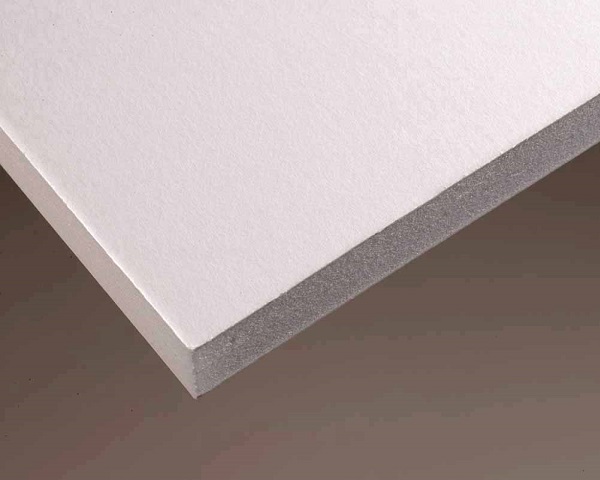

FOAM CORE TUNNEL CODE
Because insulation is hidden from view by siding, wood, paint, stucco, etc., the termites can remain undetected until significant damage has occurred.”īuilding code language currently states: “In areas where hazard of termite damage is very heavy… clearance between earth and foam plastics applied to the wall shall not be less than 6 inches” and “In areas where termite damage is very heavy…, foam plastics including expanded polystyrene shall not be installed below grade.” Corder says this blanket ban is an overreaction, and does not allow for the many solutions that have been developed to keep termites out of the foam. Even worse, the foam allows them to work undetected, and makes treatment difficult or impossible.īrian Corder, marketing director at BuildBlock, agrees, “it is a misconception to say that ICF homes are termite-proof since termites can tunnel through the EPS foam and remain unseen.”Ī paper published in 2012 by Clemson University’s Department of Pesticide Regulation confirms, “Termites can use the below-grade insulation as an easy conduit into a structure by tunneling through the foam or between the foam and masonry. However, they can burrow through the foam to reach untreated wood making up the walls, floors, or roof. However, the insects burrow through the foam anyway, seeking food sources elsewhere in the structure.īecause the structural strength of an ICF wall is in the concrete, termites cannot compromise the strength or integrity of an ICF wall assembly, like they could with a wood framed home.

Neither the Expanded Polystrene (EPS) foam nor the polypropylene webs provide any nutritional value to the termites. Termites avoid light, are attracted by moisture, and eat only wood or wood-based materials. Note that conditions vary by neighborhood, and local code officials may require termite protection outside the “very heavy” areas indicated on the map. In these regions, building codes ban the use of all below-grade rigid foam unless an “approved method of protection” is used to gain an exemption.

(Florida, Georgia, South Carolina, Alabama, Mississippi, Louisiana, and the eastern half of Texas) have “very heavy” termite risk, as does all of Hawaii and the entire state of California. Forest Service tracks areas of infestation, and have marked out regions where termite populations are low, moderate, heavy, or very heavy. Termites live in most areas of the United States, but the vast majority of damage to structures (about 95%) is caused by subterranean termites that live in the warmer, wetter parts of the country. Termites will tunnel through untreated EPS foam, as this photo of an ICF basement clearly demonstrates.


 0 kommentar(er)
0 kommentar(er)
